Welcome to Rongda Machinery Co., Ltd
Toggle Navigation
(...and what manufacturers really deal with)
So, What Exactly Are Wood Pellets?
Picture tiny, dense cylinders of compressed wood—like sawdust’s second life. These little powerhouses fuel everything from cozy home stoves to industrial boilers. They’re mostly made from pine, cedar, or poplar scraps, each giving the pellets unique traits. Beyond heating, farmers toss them into soil for a nutrient boost, and factories use them as cleaner-burning alternatives to fossil fuels. Honestly? They’re one of the unsung heroes in the push for greener energy.
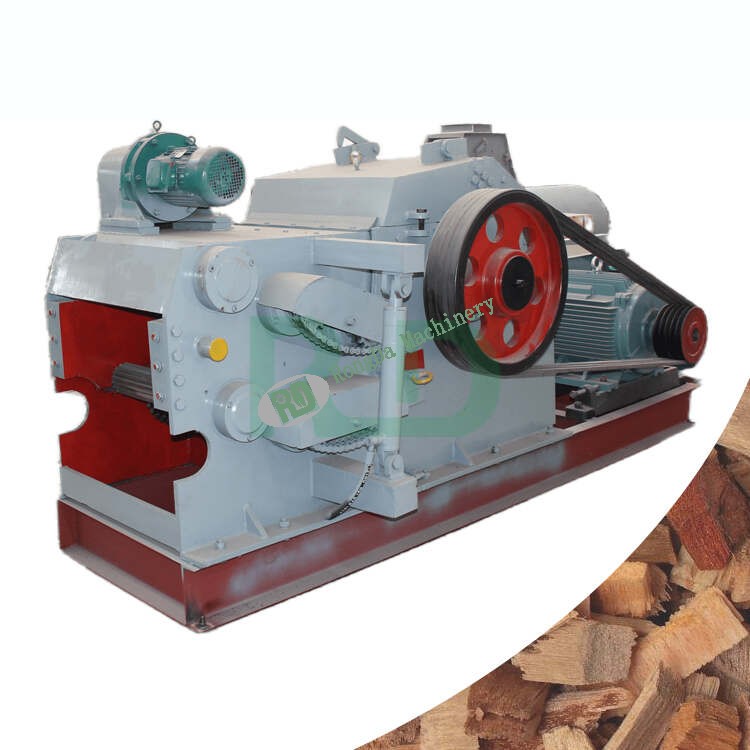
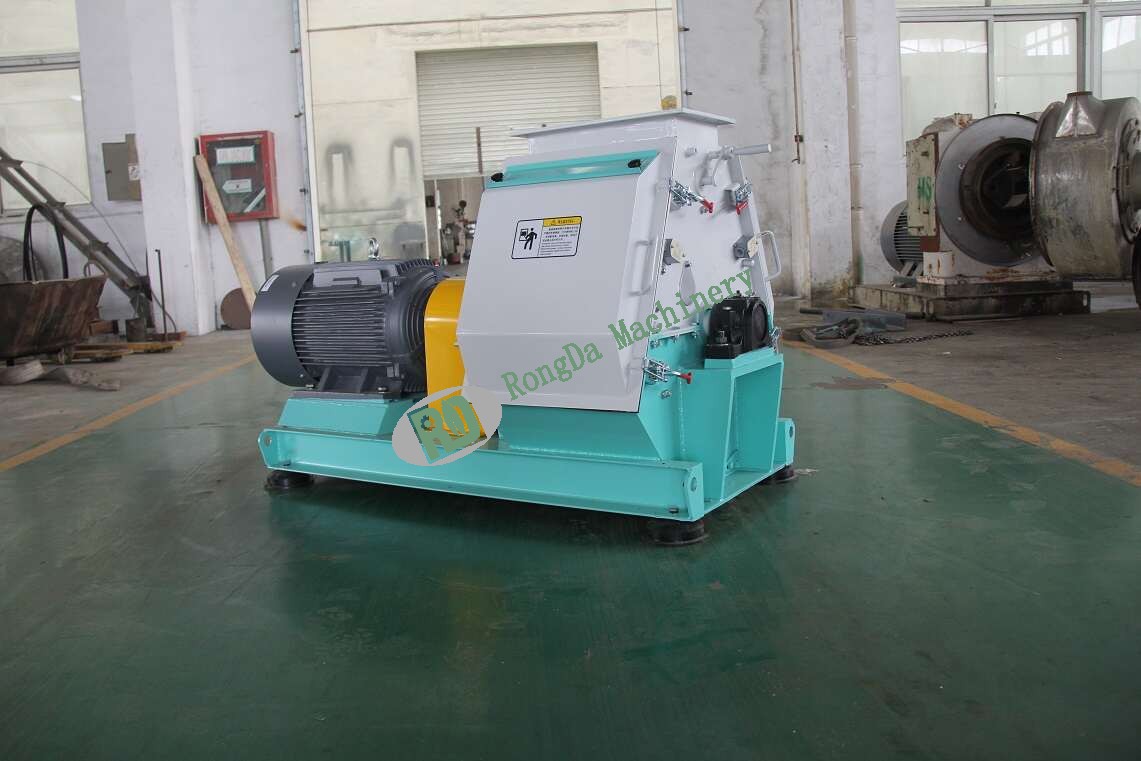
How Do You Even Make a Wood Pellet?
It’s more than just squishing sawdust. Here’s how it really goes down:
Prepping the Good Stuff:
It starts with wood chips and sawdust hauled in from forests or lumber yards. Workers pick out junk like bark or leaves—nobody wants gravel in their pellets.
The Squeeze is Real (Pelletizing):
Now the magic happens. Machines hammer the prepped wood through super-hot metal dies under insane pressure. Moisture control is everything here—too damp, and pellets crumble; too dry, and they won’t bind. This step’s where sawdust becomes those slick, uniform cylinders.
Quality Checks Rule:
Random batches get tested non-stop. Burn efficiency? Check. Density? Check. Ash content? Double-check. Skip this, and you’ll hear about it from unhappy customers.
Bag ’Em Up:
Finished pellets get tossed into massive bulk sacks for factories or tidy 40-lb bags for your fireplace. Packaging matters—nobody wants damp or dusty pellets.
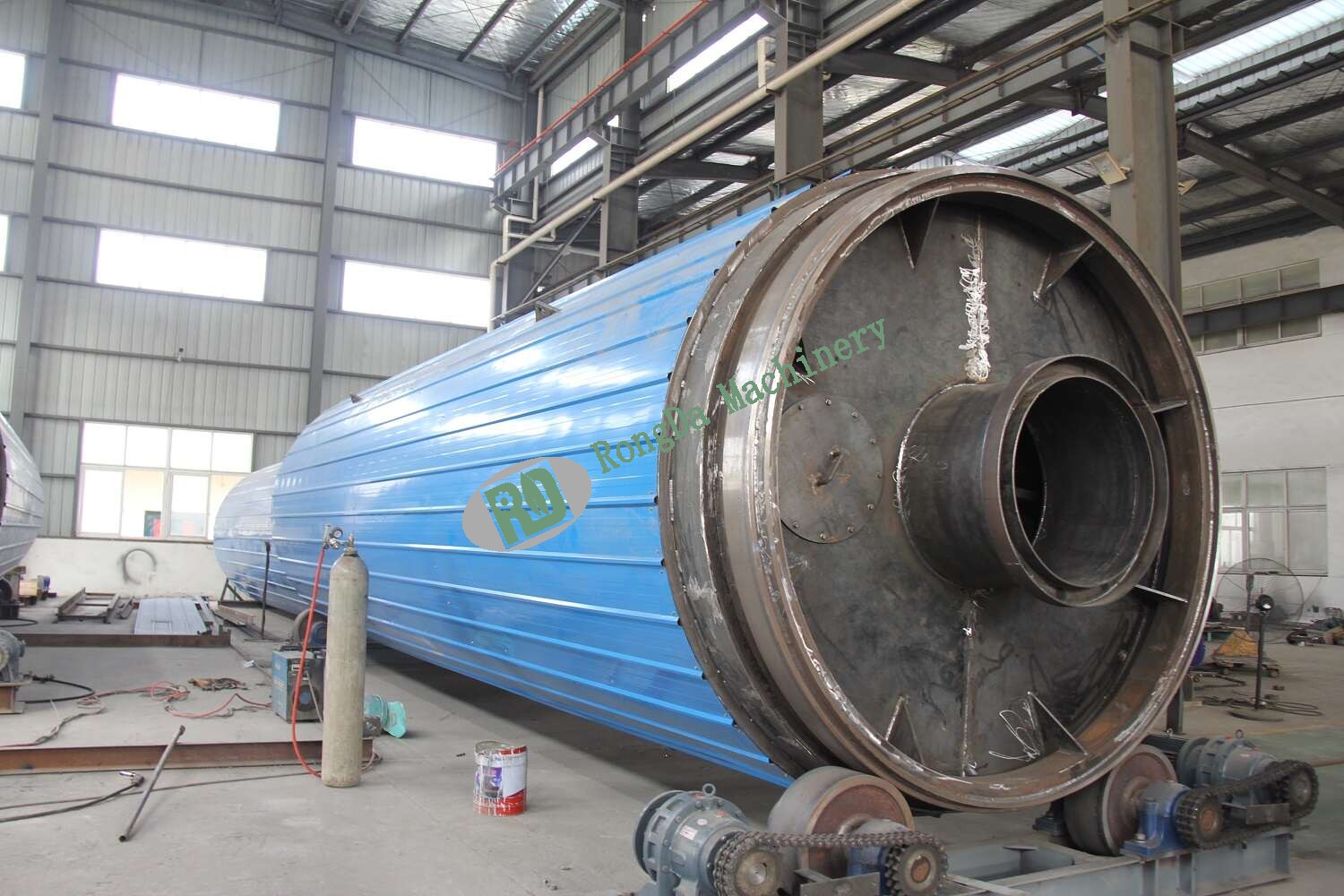
Quality Checks Rule:
Random batches get tested non-stop. Burn efficiency? Check. Density? Check. Ash content? Double-check. Skip this, and you’ll hear about it from unhappy customers.
Bag ’Em Up:
Finished pellets get tossed into massive bulk sacks for factories or tidy 40-lb bags for your fireplace. Packaging matters—nobody wants damp or dusty pellets.
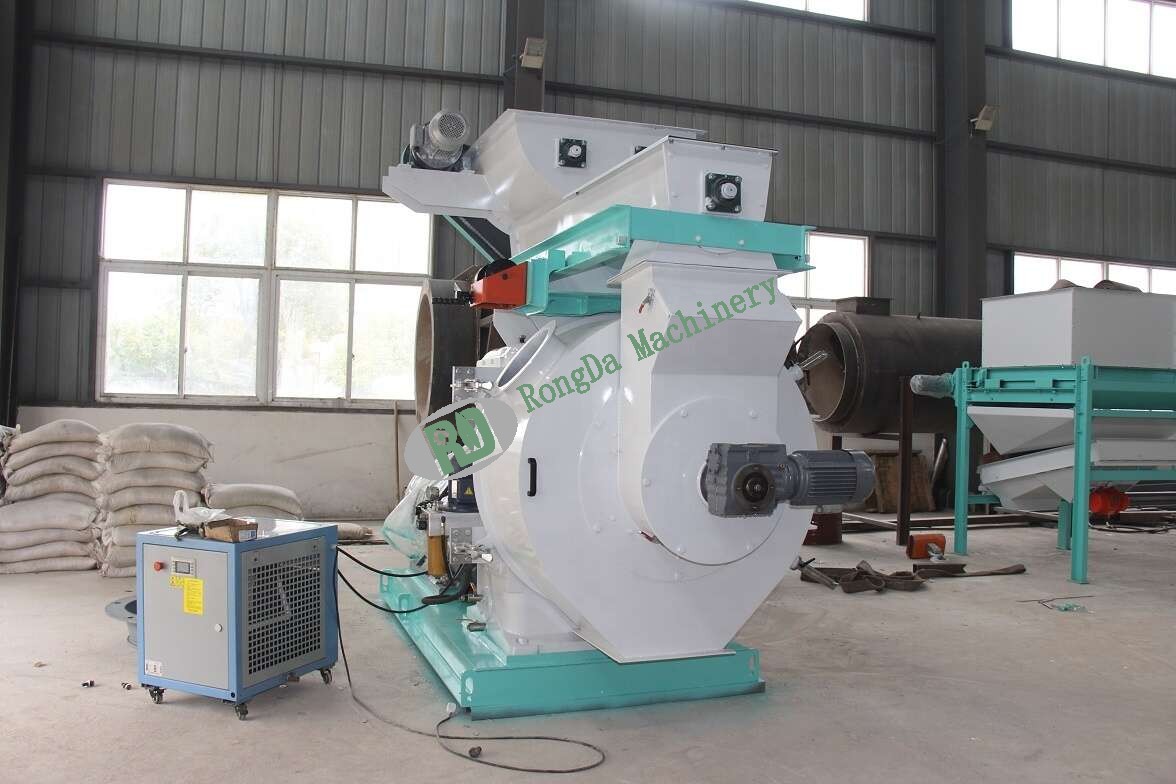
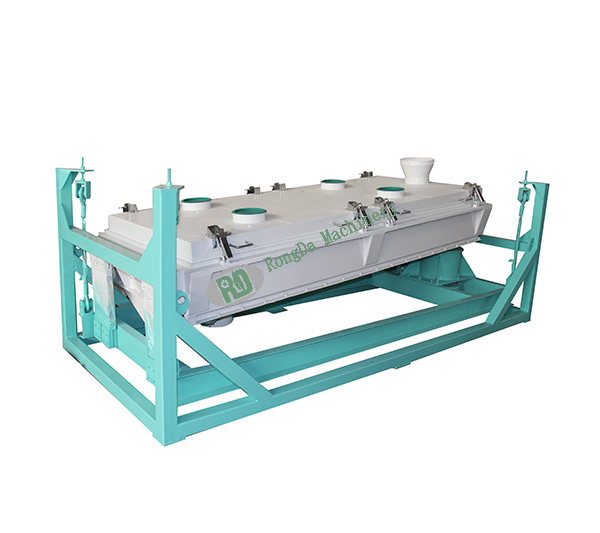
Alright, It’s Not All Sunshine...
Let’s be real—manufacturers battle some headaches:
Where’s the Wood?
Sawdust prices swing wildly. A bad harvest or pricey trucking can wreck budgets overnight.
Power Hungry Machines:
Grinding and compressing wood gulps electricity. Rising energy costs? Ouch. Smart plants are hunting solar/wind options.
Eco-Irony:
Yeah, pellets replace dirty fuels, but making them still burns energy and spits emissions. Better tech can’t come fast enough.
Finding the Right Crew:
Rural plants struggle to hire folks who get machinery and moisture math. Training locals is key.
Where’s This All Headed?
Get ready for robotics doing gritty jobs and AI tweaking pellet quality in real-time. Sustainability’s the new mantra—think solar-powered plants and zero-waste setups. Emerging markets in Asia are jumping in, too. The coolest shift? Pellets are pushing us toward a true circular economy: waste wood → clean fuel → less carbon. That’s the ultimate goal.
Bottom Line
Wood pellets pack a punch for the planet and the economy. Challenges? Sure. But with tech upgrades and smarter sourcing, this industry’s poised to keep growing. One thing’s clear: turning scraps into sustainable energy isn’t just smart—it’s essential.